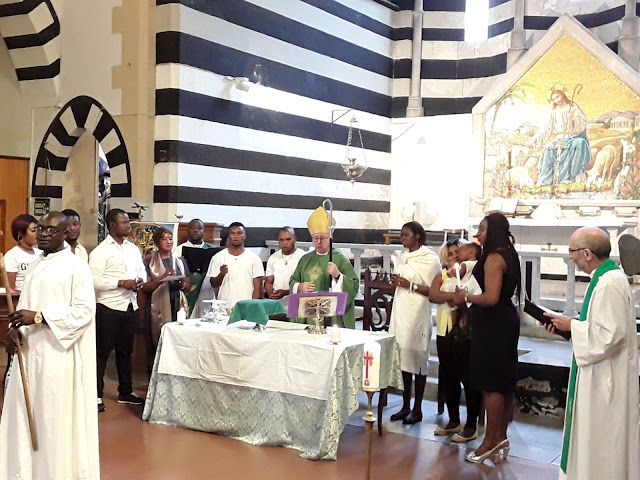The sound of the conch being blown, ancient pre Columbian languages, mariachi and tightrope - all part of a Mexican consecration

The Caracol is blown to call the people to prayer In the Church of England, the Archbishop (of York or Canterbury) when consecrating a new bishop lays out the duties of a bishop including "joining together in the ordination of bishops". P articipating in the ordination of new bishops takes place, for me, most frequently in the Church of England. However, I was asked recently to be a co-consecrator for a new bishop in Mexico, and to preach at the consecration mass. It was a great privilege to do so, as the new bishop was an old friend, Fr Julio César Martin Trejo, now the Coadjutor Bishop of South East Mexico. I have known Fr (now Bishop) Julio for 30 years. He was still in seminary when we first met. The consecration was in the Anglican Centre in Tuxtepec, in Oaxaca state. (The diocesan centre is in Xalapa, while the largest city in the diocese is Veracruz). Bishops from Mexico, the USA and Spain were present for the service on St Matthew's day, as well as c...


